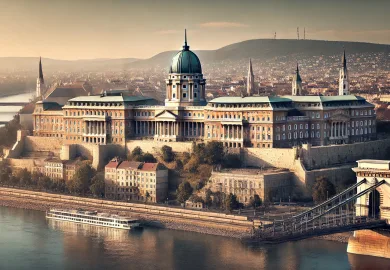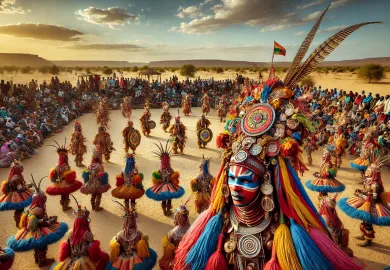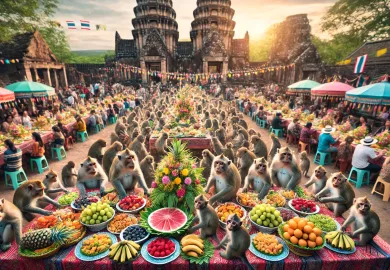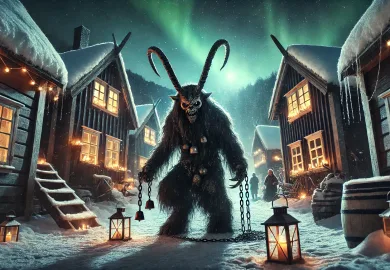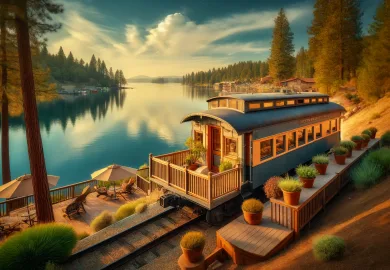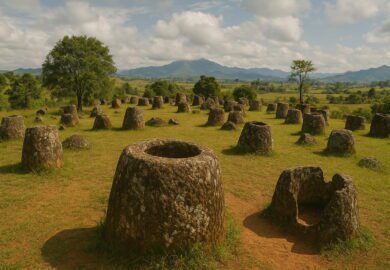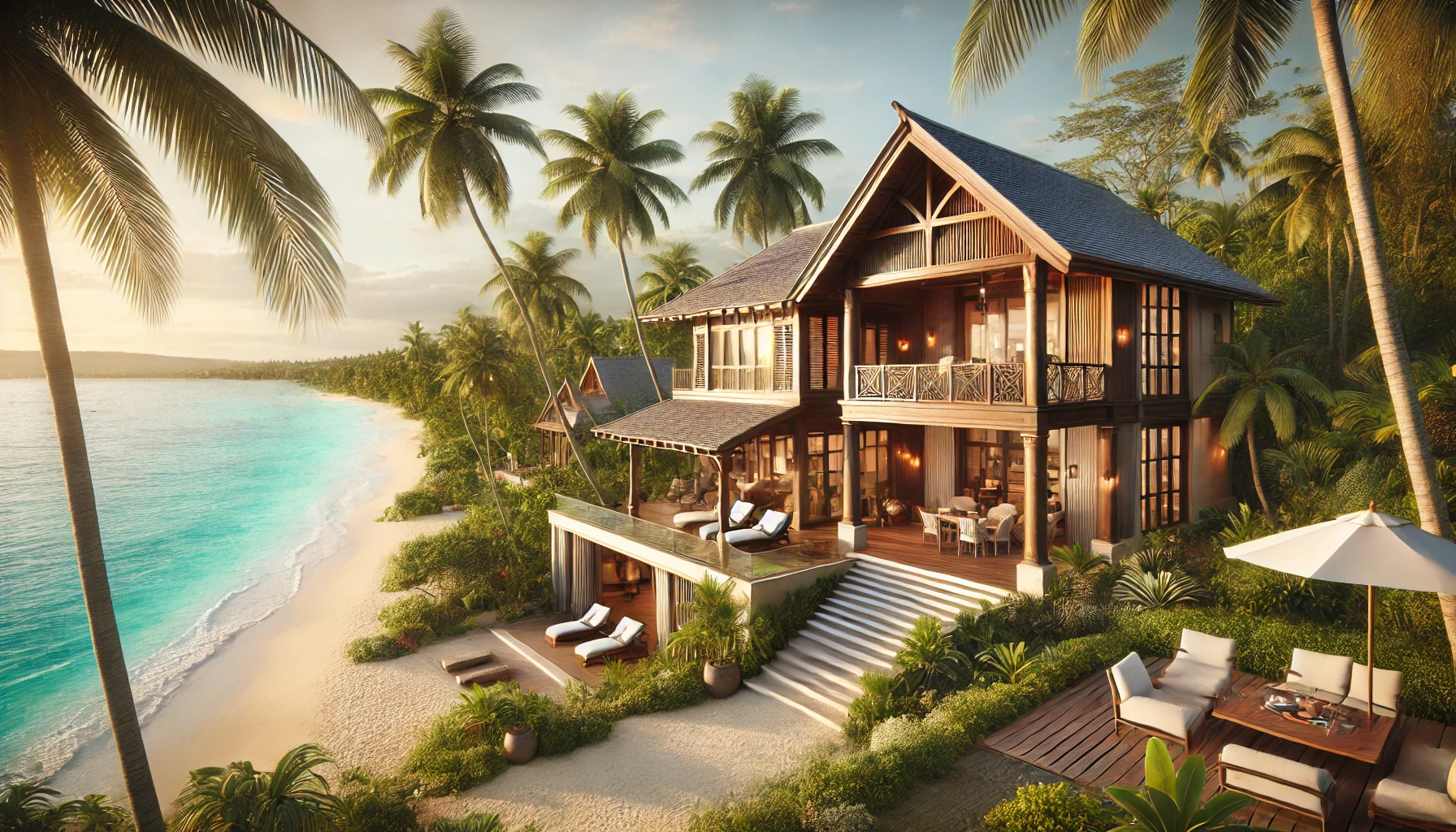
Jamaica is a tropical paradise renowned for its stunning beaches, lush landscapes, and vibrant music. But beyond the famous resorts and reggae rhythms lies a rich cultural tapestry that offers so much more. From historical landmarks to vibrant art scenes, Jamaica’s cultural heritage is as captivating as its natural beauty. This article takes you on a journey through some of the most beautiful cultural sights in Jamaica, blending history, art, and tradition to provide an unforgettable experience.
1. Bob Marley Museum: A Tribute to the King of Reggae
No visit to Jamaica would be complete without exploring the legacy of one of the island’s most iconic figures—Bob Marley. Located in Kingston, the Bob Marley Museum was once the legendary musician’s home and now serves as a cultural monument dedicated to his life and career.
The museum is filled with rare memorabilia, including Marley’s personal belongings, gold records, and original stage outfits. As you walk through the rooms, you’ll gain deeper insight into Marley’s impact on global music, culture, and the fight for social justice. The guided tours are not just informative; they’re filled with stories and anecdotes that paint a vivid picture of Marley’s life.
The museum also features a theatre, a photo gallery, and a gift shop where visitors can purchase Bob Marley-themed merchandise. Beyond its musical significance, the Bob Marley Museum offers a deep dive into Jamaican culture, spirituality, and the Rastafarian movement that played a significant role in shaping Marley’s philosophy and music.
2. Devon House: A Glimpse into Jamaica’s Colonial Past
Devon House, one of Jamaica’s most beloved landmarks, is a beautiful Georgian-style mansion situated in Kingston. Built in 1881 by Jamaica’s first black millionaire, George Stiebel, this historic site offers visitors a window into Jamaica’s colonial history and its transition into a more diverse society.
The mansion is filled with antique furniture, historical artifacts, and elegant décor that reflect the opulent lifestyle of the 19th-century elite. Visitors can take guided tours to explore the grand dining rooms, bedrooms, and living areas that tell the story of Jamaica’s colonial era. The house itself is surrounded by lush gardens, offering a serene escape amidst the bustling city.
Devon House is also home to a courtyard filled with charming shops, eateries, and the famous Devon House I Scream, widely regarded as serving some of the best ice cream in the Caribbean. Whether you’re indulging in a sweet treat or simply enjoying the beautiful surroundings, a visit to Devon House is a delightful mix of history, culture, and relaxation.
3. Port Royal: The Sunken Pirate City
Known as the “wickedest city on Earth” during its heyday in the 17th century, Port Royal is a must-visit for anyone intrigued by Jamaica’s pirate past. Located at the entrance of Kingston Harbour, Port Royal was once a thriving port and the base for infamous pirates like Henry Morgan. However, in 1692, a devastating earthquake sank much of the city into the sea, turning it into one of the most famous underwater archaeological sites in the world.
Today, visitors can explore what remains of this once-bustling pirate haven. The site offers guided tours of the ancient forts, including Fort Charles, which houses the Maritime Museum. Here, you can learn about the city’s history, see artifacts recovered from the sunken portions of the town, and even explore the famous Giddy House, a structure tilted at an eerie angle due to the earthquake.
For diving enthusiasts, there are organized tours that allow you to explore the underwater ruins. Port Royal’s rich history combined with its unique archaeological significance makes it a fascinating cultural destination that offers a rare glimpse into Jamaica’s turbulent past.
4. The National Gallery of Jamaica: A Hub for Jamaican Art
For art lovers, the National Gallery of Jamaica is an essential stop. Located in downtown Kingston, the gallery is home to an impressive collection of Jamaican art, spanning from the colonial period to contemporary works. The gallery showcases pieces from some of Jamaica’s most celebrated artists, including Edna Manley, Barrington Watson, and Albert Huie.
The National Gallery provides a comprehensive overview of Jamaica’s artistic evolution, from traditional folk art to modern abstract pieces. Special exhibitions often focus on significant themes in Jamaican culture, such as the struggle for independence, the Rastafarian movement, and the influence of African heritage on the island’s art forms.
Aside from the permanent collection, the gallery frequently hosts temporary exhibitions, art workshops, and educational programs. These events offer visitors a chance to engage more deeply with Jamaican culture and understand the diverse influences that have shaped its unique artistic landscape. The National Gallery’s blend of history, culture, and creativity makes it a perfect spot for those looking to immerse themselves in Jamaica’s vibrant art scene.
5. The Maroon Villages: Preserving African Heritage and Independence
The Maroons are a unique cultural group in Jamaica, descendants of enslaved Africans who escaped from plantations and formed autonomous communities in the island’s rugged interior. Visiting the Maroon villages, particularly Accompong in St. Elizabeth and Moore Town in Portland, offers an unforgettable cultural experience and a chance to learn about their extraordinary history.
Accompong Village, for instance, is known for its annual Maroon Festival, held every January 6th, to commemorate the signing of the peace treaty between the Maroons and the British in 1739. The festival is a vibrant celebration filled with traditional drumming, dancing, and storytelling, offering a rare glimpse into Jamaica’s African heritage and the spirit of resistance that defines the Maroon legacy.
Guided tours of the villages allow you to explore historical landmarks, meet community elders, and learn about the Maroons’ unique traditions, spiritual practices, and self-governance. The rich oral history, combined with the preservation of ancient African customs, makes a visit to the Maroon villages a deeply enriching cultural journey.
6. Trench Town Culture Yard: The Birthplace of Reggae
Trench Town, often referred to as the “cradle of reggae music,” is a culturally significant neighborhood in Kingston that played a key role in shaping Jamaica’s music scene. It was here that legendary artists like Bob Marley, Peter Tosh, and Bunny Wailer honed their craft, blending ska, rocksteady, and reggae into a sound that would go on to change the world.
The Trench Town Culture Yard is a museum and heritage site located in the heart of this historic community. It preserves the humble origins of the area, including the yard where Marley and his fellow musicians lived and created some of their earliest songs. The museum offers guided tours that take you through the rooms where Marley lived, as well as displays of musical instruments, photographs, and personal items that capture the essence of this cultural movement.
What makes the Trench Town Culture Yard unique is that it remains a living, breathing community. As you explore, you’ll not only learn about the history of reggae but also experience the vibrant spirit of the locals who carry on the neighborhood’s rich musical legacy. A visit to Trench Town is more than just a tour; it’s an immersion into the roots of Jamaica’s most famous cultural export.
Conclusion
Jamaica’s cultural sights offer a deep dive into the island’s rich history, art, and traditions. From the legendary Bob Marley Museum to the historic streets of Port Royal, each destination tells a unique story that reflects the soul of Jamaica. Whether you’re an art lover, a history enthusiast, or someone seeking to connect with the island’s vibrant community spirit, Jamaica’s cultural landmarks provide a journey filled with discovery, insight, and inspiration.
In exploring these sites, you’ll gain a greater appreciation for Jamaica’s diverse heritage and the resilient, creative spirit that defines its people. So the next time you plan your visit, don’t just stick to the beaches—dive into the cultural heart of Jamaica, where history, art, and tradition await around every corner.

